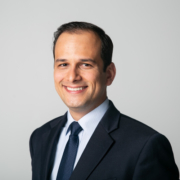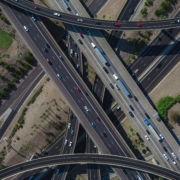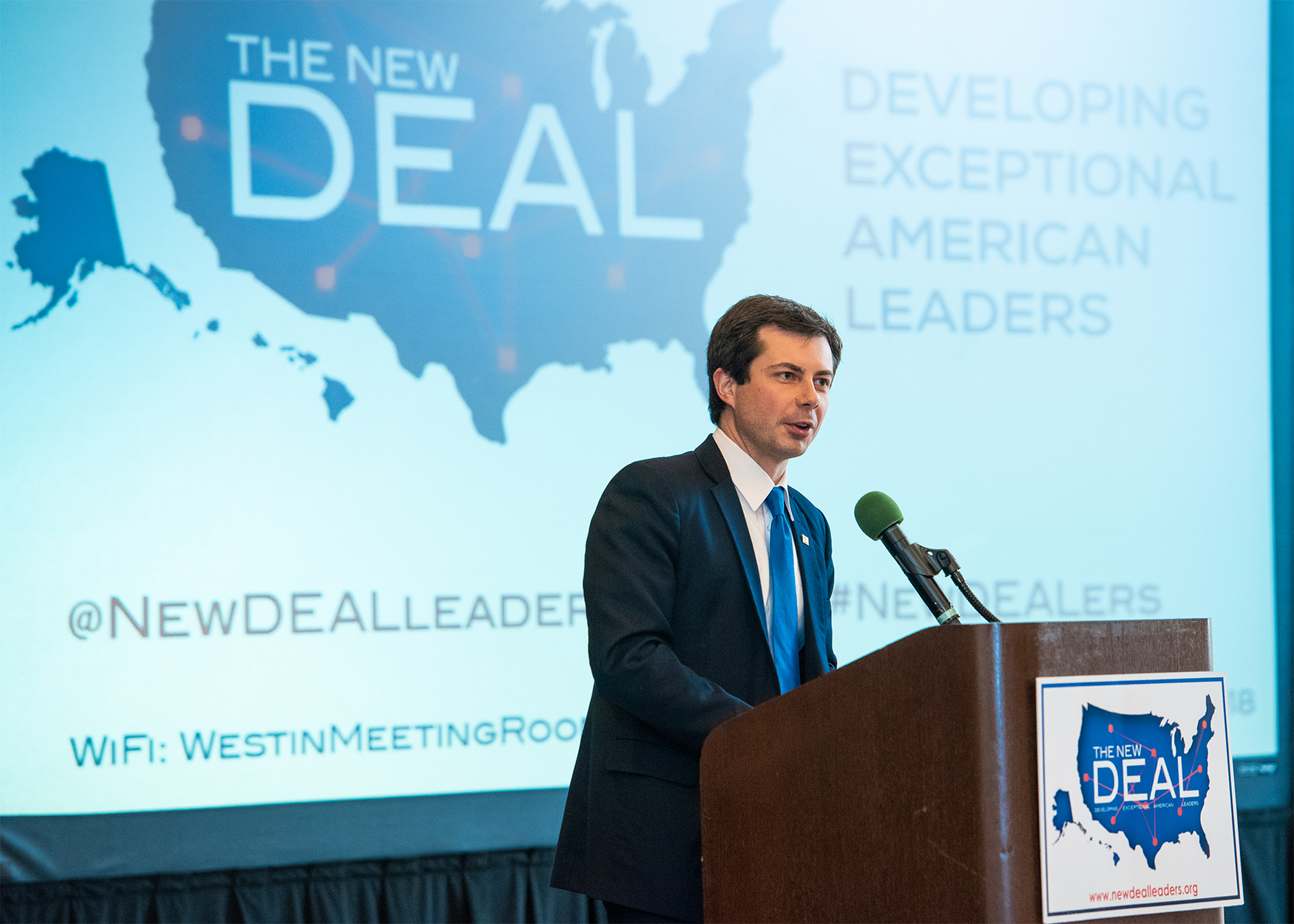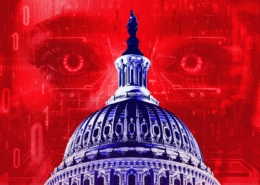Federal Funds Help Shape the Hometown of Tomorrow
This week, the Canton, NC governing board, led by NewDEAL Leader Mayor Zeb Smathers, met to map the town’s recovery from a devastating flood last year that wreaked havoc on homes and businesses, using this moment of tragedy as a catalyst for more transformative change. Mayor Smathers is now considering multiple federal funding streams that have the potential to transform his town and ensure it embodies, as Smathers puts it, “the hometown of tomorrow.” For example, the governing board is considering selling riverfront land to FEMA as part of the agency’s buyout program. The land, if sold, could be turned into a park system for residents. Other rebuilding projects include an all-abilities playground, a dog park, and an aquatics center. Read this article for more on how Canton is turning tragedy into opportunity, and listen to our recent podcast interview with Mayor Smathers to hear him discuss the flood and how his town is building back.










